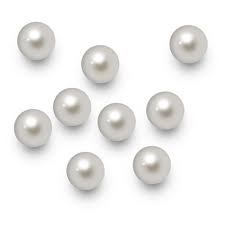| How to Select the Best Pearls The pearl is the queen of gems and the gem of queens. - Anonymous For thousands of years women have adorned themselves with this beautiful gem which is also associated with peace, opulence, and class (Audrey Hepburn in Breakfast at Tiffany's, anyone?). So what makes a perfect pearl and how do you choose one? Grading pearl quality There are two systems of grading the quality of pearls: The AAA system and the A-D system. Under the former system, the highest grade pearls are given an AAA rating (95% defect-free) and the lowest grade (A) indicates that more than 25% of a pearl¿s surface has irregularities. The A-D system similarly gives the highest quality pearls an A rating (less than 10% of surface having defects); pearls with imperfections up to 60% of their surface get a D rating. |  |
 | Natural vs. cultured pearls Natural pearls are rather rare and are considered accidents or miracles of nature. They are formed when oysters react to parasites by producing nacre (calcium carbonate). Nacre is meant to defend the oysters, and the continual deposit of nacre eventually makes a pearl. Cultured pearls are also ¿real¿ pearls, except that the production of nacre is induced artificially by inserting a foreign agent (nucleus) into oysters. |
What makes a pearl perfect?
| |